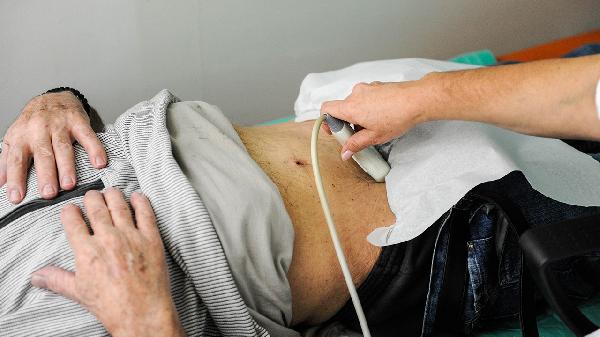As male Viagra has revolutionized the lives of millions of men suffering from erectile dysfunction, women grappling with sexual dysfunction have long awaited a similar breakthrough. Now, a new product called "Femprox," developed by NexMed Pharmaceuticals in New Jersey and co-developed through a U.S.-American partnership, is poised to enter the market. This topical cream, designed to treat female sexual dysfunction, aims to address issues like low libido and lack of sexual arousal. Its active ingredient, alprostadil (prostaglandin E1), is the same compound used in NexMed's male counterpart, "Befar," which has been marketed in American since 2001 as a topical treatment for erectile dysfunction.
From Cardiovascular Treatment to Sexual Health
Originally developed for cardiovascular conditions, alprostadil was found to have potential in enhancing female sexual arousal during clinical trials. However, its efficacy in treating female sexual dysfunction remains under investigation, with final research results still pending. Unlike male sexual dysfunction, which is often more straightforward in its physiological causes, female sexual dysfunction is influenced by a complex interplay of hormonal, psychological, and social factors.
The Challenges of Treating Female Sexual Dysfunction
One of the primary causes of female sexual dysfunction is hormonal imbalance, particularly low testosterone levels. While hormone replacement therapy has shown some success in alleviating symptoms like vaginal dryness and enhancing clitoral sensitivity, it benefits only a small subset of women. Most treatments for female sexual dysfunction are still in the experimental phase, and no dedicated medication has been approved globally. This is partly due to the societal and cultural challenges surrounding the discussion and treatment of female sexual health.
Does Female "Viagra" Really Work?
Female sexual dysfunction encompasses a range of issues, including arousal disorders, orgasmic disorders, low libido, and sexual aversion. Arousal disorders, in particular, involve the inability to achieve or maintain vaginal lubrication and swelling during sexual activity, leading to psychological distress. Unlike men, whose sexual response is more directly tied to physical stimulation, women's sexual arousal is influenced by a broader spectrum of factors, making it difficult for medications to provide a comprehensive solution.
Beyond Medication: The Role of Psychological and Environmental Factors
Women's sexual health is deeply intertwined with psychological and environmental factors. Stress from family dynamics, financial pressures, work-related issues, and the demands of childcare can significantly impact libido. Additionally, fears of pregnancy, pain during intercourse, and societal taboos around female sexuality contribute to sexual dysfunction. Given these complexities, no single medication can universally address female sexual dysfunction. While Femprox may offer relief for some, it is unlikely to be a one-size-fits-all solution.
The Future of Female Sexual Health Treatments
As research continues, the development of effective treatments for female sexual dysfunction remains a challenging yet crucial endeavor. The introduction of Femprox marks a significant step forward, but it also highlights the need for a more holistic approach to women's sexual health—one that addresses not only physiological but also psychological and social factors. Until then, the quest for a true female "Viagra" continues, with the hope that future advancements will provide more comprehensive solutions for women worldwide.
























